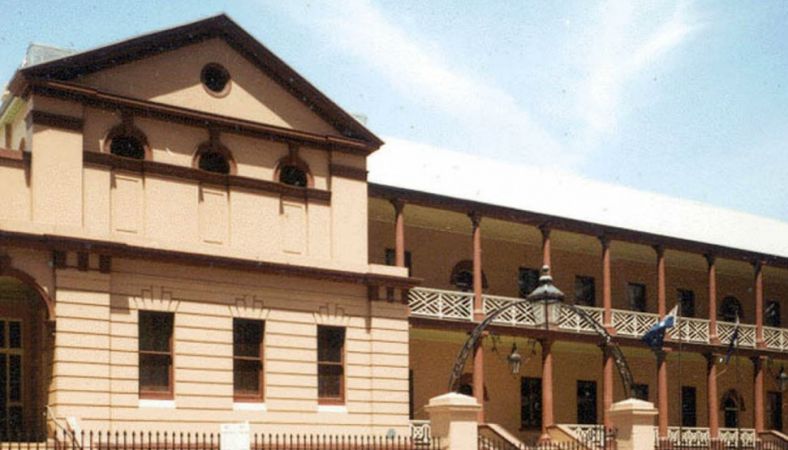Structure of government
In NSW citizens vote to democratically elect the government.
Citizens will vote for political candidates or parties in both the:
- Legislative Council, also known as the upper house of parliament
- Legislative Assembly, also known as the lower house of parliament.
The majority political party in the Legislative Assembly forms the government. They sit to the right of the Speaker and are referred to as the government.
Leading members of the majority party become the ministers, the chief minister in the state is the Premier. This group is responsible for government policy and actions.
The minority party, that which lost the election, are called the opposition and sit to the left of the speaker.
The structure of government in NSW
There are three main branches:
- executive
- legislative
- judiciary.
Each has its own powers and responsibilities and is separate from the others. But each also has some power or authority over the others. No one branch is in control – this is called the separation of powers and is meant to protect democracy. The powers and roles of the institutions of government for NSW are set out in The Constitution Act 1902.
The Executive is made up of the Premier and Cabinet or ministers. Each minister is responsible for one or more government departments which perform the duties of government. The ministers are appointed from the majority party and are responsible to parliament. The ministers develop, implement and administer government policy.
The Legislature makes the laws. In NSW, this consists of the parliament, made up of the upper house or Legislative Council, and the lower house or Legislative Assembly, together with the Governor of NSW. As well as law-making, parliament represents the people via elections. It also checks on the Executive Government.
The Judiciary interprets and enforces the laws and is made up of independent judges in a system of courts, the highest being the NSW Supreme Court. There are also federal courts and the highest court for the whole of Australia is the Commonwealth High Court. Judges are appointed by Executive Government but cannot be removed except by a parliamentary process. Judges ensure the law is applied fairly to all - in the highest courts they can even disallow laws which are found to be unconstitutional.
The Parliament of NSW is in Sydney and is the oldest parliament in Australia. To pass new laws for the state, bills created in the lower house must pass successfully through the upper house before they can be forwarded to the Governor for assent. Under normal circumstances, legislation receives final approval of the executive council, before being signed by the Governor into law.
The Governor of NSW is the oldest continuous political institution in Australia. The earliest Governors of NSW had almost total power, under the authority of a British Government. However, with representative government in NSW, most of these powers were taken over by the elected government. Today, the Governor almost always acts according to the advice given to them by the government or parliament.
The Constitution of NSW is the framework of law in the state. It sets out the broad powers and rules under which the houses of parliament, Governor, executive government, judiciary, finances, government agencies and local government can operate. It is an act of parliament introduced in 1902 after Federation and has been amended many times since. Most of it can be changed by an ordinary amendment in parliament, although some sections can only be amended through a referendum.
More information

Parliament House, Sydney. Image supplied by Parliament House.